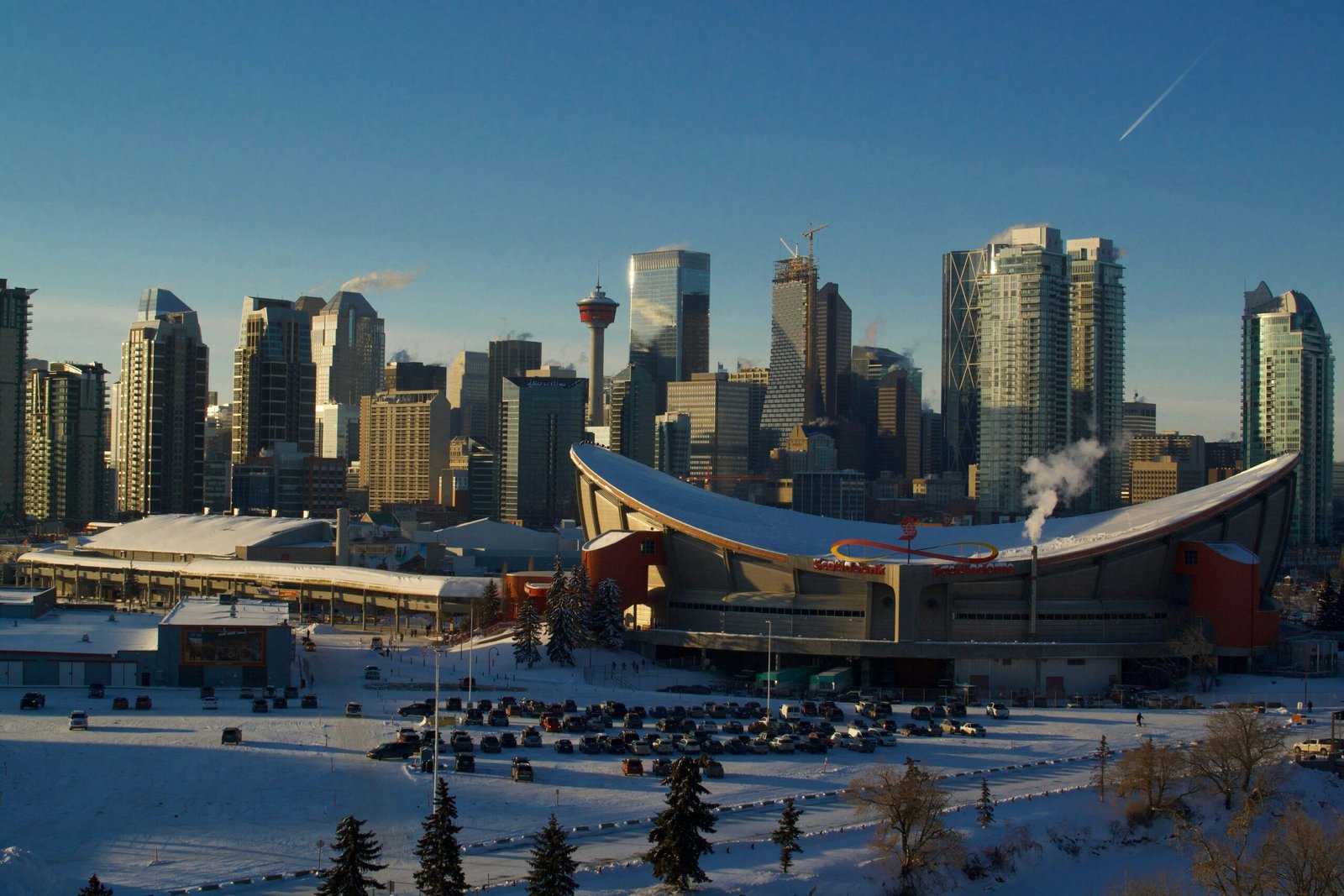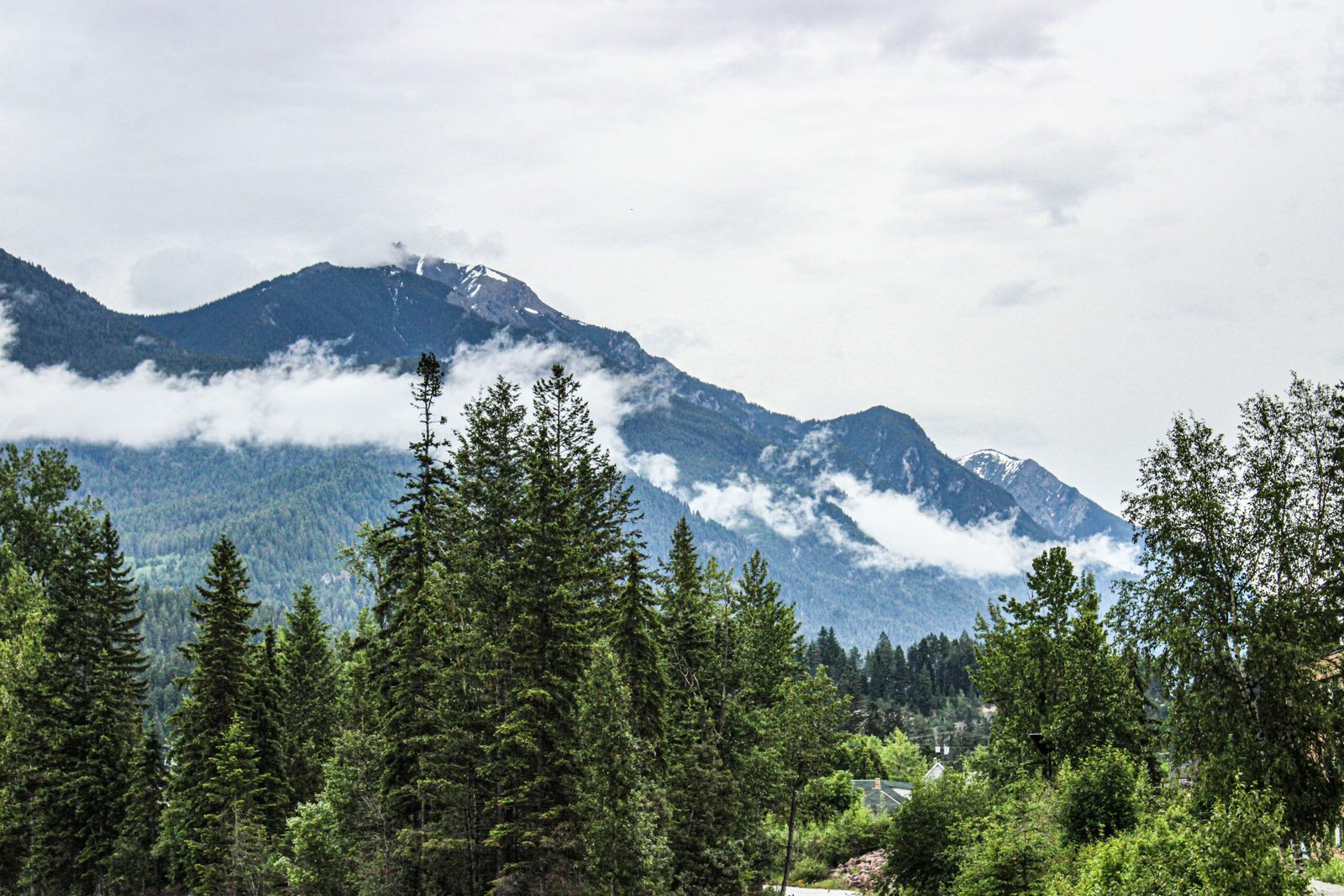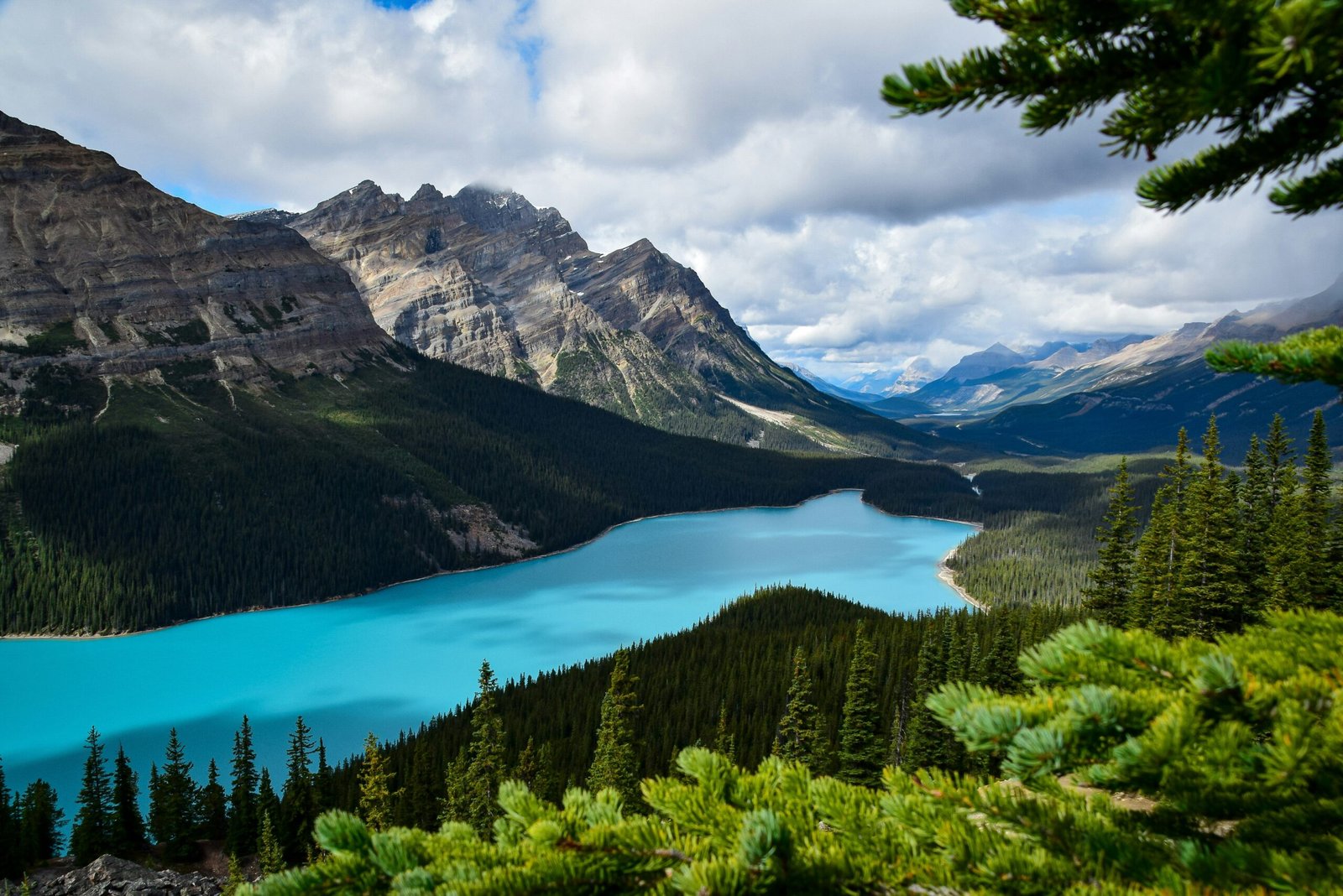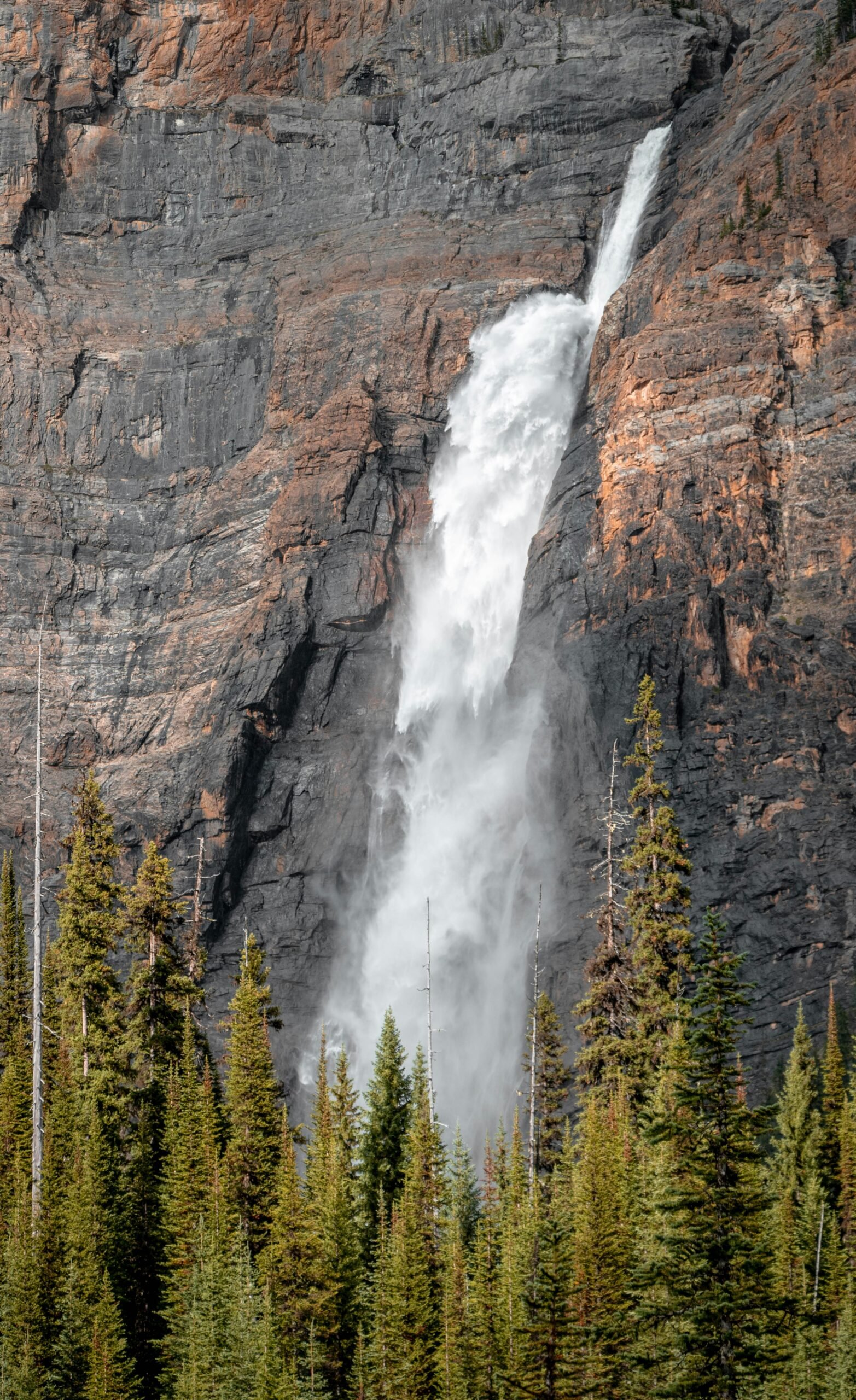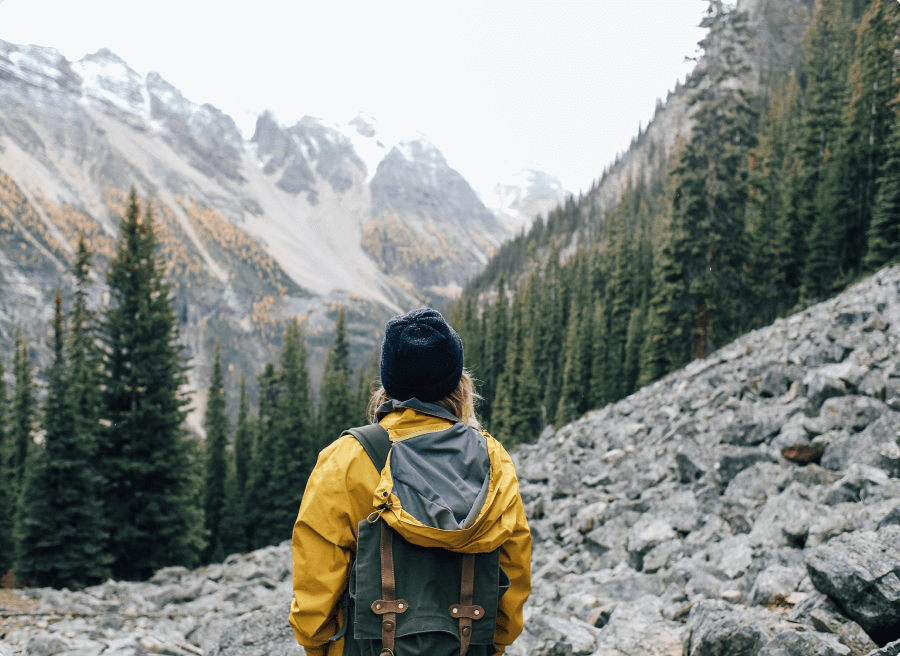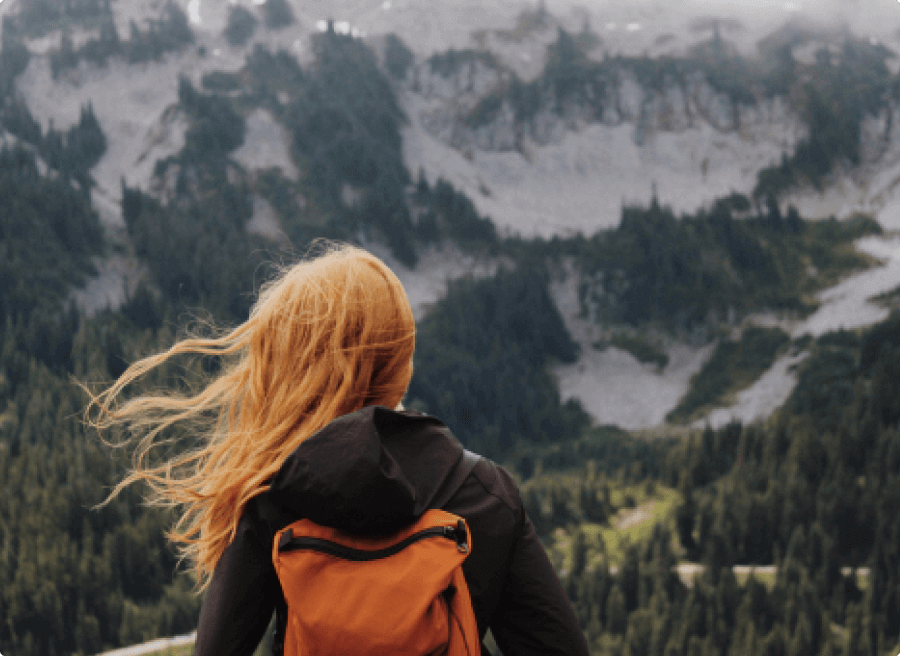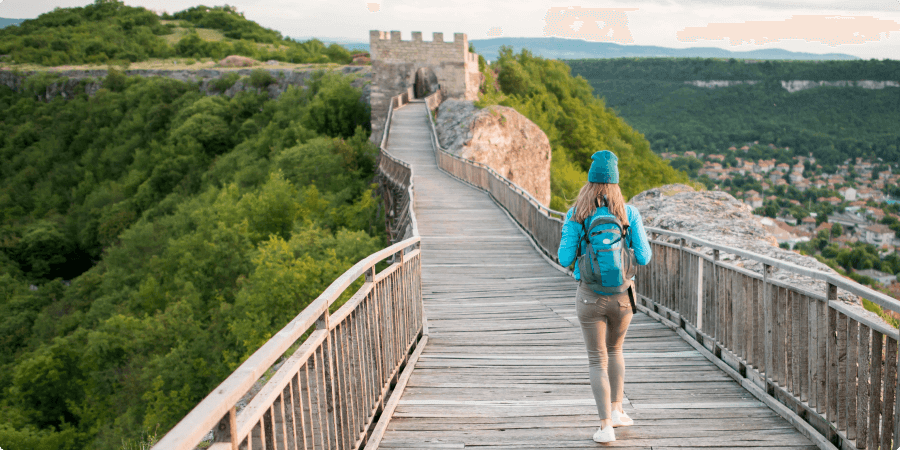Nothing compares to the feeling you get when the sun finally dips behind the endless peaks and Banff’s sky transforms into a stage for the universe. In 2025, Banff’s dark-sky magic promises to reach a fever pitch for stargazers everywhere. Thanks to an upswing in solar activity—what scientists call a “solar maximum”—auroras are predicted to light up the Rockies with their wildest shows in decades. Also, the Milky Way will glow more vividly than ever. Here’s a local’s guide—packed with up-to-date insights—on the best spots, secret hideouts, and what a starlit night in Banff truly feels like.

Why 2025 Is Set For Stargazing History
Let’s start with the most exciting news: 2025 could be the best year in two decades to spot the northern lights from Banff. That’s because the sun’s magnetic activity is at its peak, sending charged particles toward Earth and electrifying Canada’s big night skies with streaks of green and purple. This peak (the “solar maximum”) means more frequent and intense aurora displays—sometimes even reaching places in Banff where they’re rarely seen.
Pair that with Banff’s reputation for some of the darkest skies on the continent and you’ve got the perfect recipe for nights spent in awe: the Milky Way streaming across the sky, constellations sparkling like diamonds, and—when luck’s on your side—ribbons of color dancing over snow-capped mountains.
When to Visit: Timing Your Star Adventure
So, when is the magical moment? For aurora chasers, the very best odds run from September to March. Due to, long, crisp nights and extra solar activity mean the northern lights take center stage. The nights are longest and darkest from late fall into spring, which is ideal for both aurora and deep-space viewing.
If your dream is to see the heart of the Milky Way, late June through early August offers the best viewing of the galactic core after midnight. Although, the galactic band remains dramatic even into September. As a bonus, the Perseid meteor shower in August delivers extra fireworks.
The Banff Dark-Sky Experience: What It Feels Like
Imagine standing at the edge of a glassy lake, your breath clouding in the cool air, surrounded by mountains that block out city noise and light. You tilt your head back—first you spot the familiar Big Dipper, then the Milky Way, thick as spilled silver paint overhead. Sometimes, if you’re lucky, the horizon comes alive in greens and pinks as the aurora joins the show. Your only company? The hush of forests, maybe the call of an owl, and the feeling that you’re standing at the universe’s front door.
Legendary Stargazing Spots (and Local Secrets)
Ready to go? Here’s where locals and pros go for the best stargazing—plus some under-the-radar gems to make your adventure uniquely yours.
Lake Minnewanka and Two Jack Lake

Lake Minnewanka and Two Jack Lake are just a short drive from Banff town, these lakes are favourites for an easy nighttime escape. The views to the north are unobstructed and perfect for catching auroras reflected on still water. Even on a busy night, you can usually find a quiet spot along the shore.
Vermilion Lakes
If you want big sky with Banff’s mountains as a backdrop, Vermilion Lakes are your ticket. Astrophotographers love the mirrored water and dramatic peaks—a combo made even more special if the night brings northern lights or a meteor shower.
Bow Lake (Icefields Parkway)
Venture a little further up the legendary Icefields Parkway, and darkness deepens. Bow Lake offers inky skies far from most headlights and almost zero light pollution. It’s a hidden treasure for those who crave true solitude under the stars.
Moraine Lake

Beloved for sunrises, Moraine Lake will steal your heart after dark, too. The Rockpile trail is a top pick for wide-sky views—ideal for seeing the Milky Way stretch overhead or catching a rare, wild aurora. Best of all, most day-trippers are long gone by nightfall.
Sunshine Village
Looking for altitude? Sunshine Village sits high above the clouds (literally). Stay at the Sunshine Mountain Lodge, and you can step outside after midnight for all-sky panoramas few tourists ever experience. Focus your gaze: you might glimpse deep-sky sights like ring nebulae or clusters.
Cave and Basin National Historic Site
Near town, this historic spot hosts popular lantern-lit tours—history lessons followed by a rewarding look at the stars. Step out onto the old pool deck for unobstructed sky-watching just steps from Banff’s main drag.
Morant’s Curve (Bow Valley Parkway)
If your dream is that iconic shot—the aurora or Milky Way spilling over railroad tracks framed by pines—Morant’s Curve delivers. Fans know to set up here for north-facing views and a chance to catch the night sky’s most dramatic performances.
More Than Watching: Unique Nighttime Experiences
In Banff, looking up is only the start. Here are ways to deepen your experience and make new friends on the same quest:
- Stargazing & Night Sky Tours: Guides share telescope tips, point out planets and constellations, and tell stories behind the stars.
- Lantern Tours at Cave and Basin: Walk through Banff’s history by lantern light, then end the night with sky-watching from a hidden viewpoint.
- Snowshoeing at Sunshine Village: Strap on snowshoes for a nighttime trek through powder and a cup of hot chocolate under a thousand stars.
- Evening Skating or Soaking: Try skating on Lake Louise or soaking in Banff Upper Hot Springs. After dark—both offer a surreal, star-studded atmosphere.
Insider Tips: Making the Most of Your Night
- Layer Up: Mountain nights get cold in every season. Bring a puffy jacket, warm boots, a toque, and gloves.
- Keep Your Eyes Adjusted: Use a red-light headlamp so your eyes stay sensitive to starlight.
- Plan With the Moon Cycles: New moon nights mean darker skies for the Milky Way. Consult aurora forecasts and aim for clear, dry evenings.
- Get Away from the Roads: Just a short walk from parking lots can make a world of difference in how many stars you see.
What’s Overhead: Celestial Sights to Watch For
Banff’s sky in 2025 will be busy:
- Auroras: Look north during geomagnetic storms—check local alerts for best timing.
- Milky Way: The galactic core dazzles June–August, but the band is visible all year.
- The Summer Triangle and Classic Constellations: Vega, Deneb, and Altair reign supreme in late summer.
- Meteors: Try August for the Perseids, a can’t-miss show if clouds cooperate.
Ready for Your Banff Stargazing Adventure?
2025 isn’t just any year. It’s a peak opportunity for both first-timers and veterans of the night sky. With nature serving up its most spectacular wonders in one of the world’s premier dark-sky sanctuaries. Whether you’re soaking in a hot spring beneath the stars, perched at the edge of a frozen lake, or bundled up on a midnight walk, Banff delivers the universe at your feet—and a sense of wonder you won’t soon forget.
Bundle up, bring your sense of adventure, and let Banff’s legendary big sky open your eyes to a world most never see.

